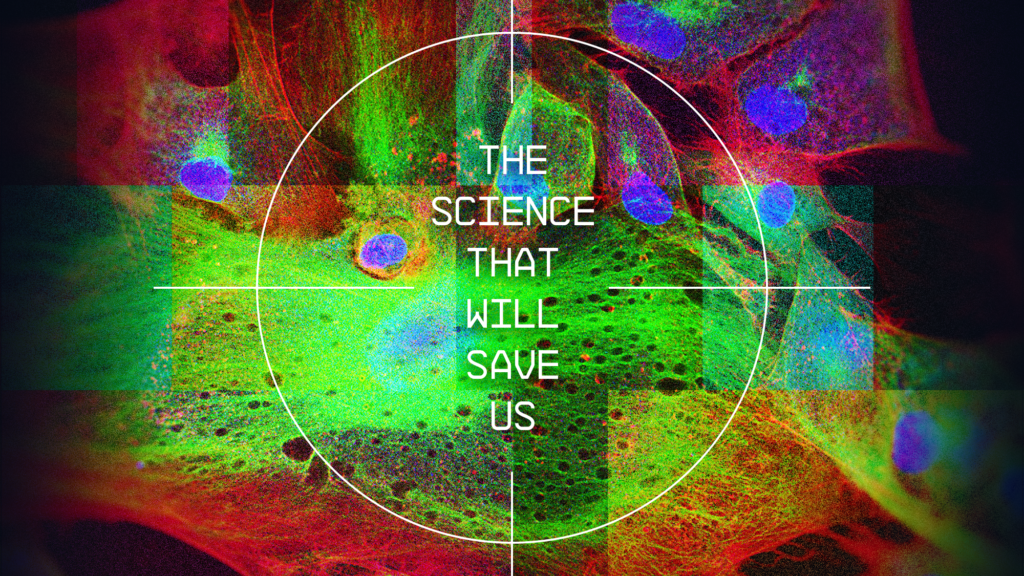420 million hectares of trees have been lost to agriculture since 1990 (1). Arctic ice is down 13% in the last decade (2). One million species are facing extinction – disappearing by merger (3). Our climate is galloping towards an irreversible tipping point, and we have no other choice but to respond as briskly as the rate of our Planet’s destruction.
Our best defense is a good offense, and the scientific enterprise, defined by a historical series of nonlinear surges in our capacity to communicate, process, and create, offers an unparalleled solutions strategy. Following the gradual emergence of language and writing, Gutenberg’s 1440 printing press amplified a monk’s output by 200-fold, and global literacy rates surged from 10% in 1440 to 32% in 1650 (4). Today, technologies able to process vast amounts of information have galvanized our analytic and diagnostic capabilities. After Intel’s 1971 microprocessor revolutionized the computer industry (5), artificial intelligence reached its own efficiency tipping point (6), while cloud computing has reached an unprecedented speed and scale (7).
On the biotechnology front, with the price of whole genome sequencing plummeting from $2.7 billion to $300 in the last two decades – following an inverse Moore’s law (8) – over 70,000 genetic tests, including 10 new ones daily, are now on the market. Meanwhile, synthetic biology’s applications are skyrocketing (9). Meat can be created at scale by feeding nutrients to chicken and egg-derived stem cells – with half a gram of cattle muscle generating 4 billion pounds of beef, more than Mexico consumes in a year. Squalene, vanillin, and leather can also now be made by fermenting plant-based feedstock. By 2030, synthetic biology could be applied to manufacturing industries of a $30 trillion value.
In so doing however, two heuristics are key.
- Scientific progress needs to be unleashed by radically creative and synergistic thinking. Disruptive thinking provides the greatest leverage and speed of change – and enables a combinatorial arrangement of solutions able to synergistically build off each other (10). Multi-target synergies are more specific than single agent activities in a particular cellular context, for example (11): despite being independently discovered drugs, the insecticide activity of pyrethrins increases tenfold when mixed with piperonyl butoxide (1:9) (12).
- Technological breakthroughs must be met with a cognitive landscape ready to accept and propel them forward – resulting from a shift in hearts and minds. Just 10 percent of the population holding an unshakable belief leads to its adoption by the majority of society (13), reaching “the moment of critical mass, the threshold, the boiling point”. From a game-theoretic perspective, norms change astonishingly rapidly after a tipping point has been reached (14). The more we experience hands-on the realities of our climate crisis, the quicker the change – but today, we need to activate the contagious processes of social change within the next few years (15).
The time is ripe to harness the nonlinear magic of the Scientific Enterprise – to Science our way out of a Catastrophe. Let us now come together at the intersection of synthetic biology and genetic engineering to unleash the positive potential of science – breaking trail with transformative solutions to our global climate and biodiversity challenges (16).
References
- Shrinking forests need bold action to safeguard their biodiversity | | UN News [Internet]. [cited 2022 Jul 11]. Available from: https://news.un.org/en/story/2020/05/1064782
- Arctic Sea Ice Extent | Vital Signs – Climate Change: Vital Signs of the Planet [Internet]. [cited 2022 Jul 11]. Available from: https://climate.nasa.gov/vital-signs/arctic-sea-ice/
- UN Report: Nature’s Dangerous Decline “Unprecedented”; Species Extinction Rates “Accelerating” – United Nations Sustainable Development [Internet]. [cited 2022 Apr 15]. Available from: https://www.un.org/sustainabledevelopment/blog/2019/05/nature-decline-unprecedented-report/
- How a German city changed how we read – BBC Travel [Internet]. [cited 2022 Jul 11]. Available from: https://www.bbc.com/travel/article/20180507-how-a-german-city-changed-how-we-read
- The Chip That Changed the World – WSJ [Internet]. [cited 2022 Jul 11]. Available from: https://www.wsj.com/articles/the-chip-that-changed-the-world-microprocessor-computing-transistor-breakthrough-intel-11636903999
- Don’t Worry About The AI Singularity: The Tipping Point Is Already Here [Internet]. [cited 2022 Jul 11]. Available from: https://www.forbes.com/sites/nishatalagala/2021/06/21/dont-worry-about-the-ai-singularity-the-tipping-point-is-already-here/?sh=62dcf68e1cd4
- Cloud Computing Hits a Tipping Point – Bernard Golden [Internet]. [cited 2022 Jul 11]. Available from: https://bernardgolden.com/cloud-computing-hits-a-tipping-point/
- The Cost of Sequencing a Human Genome [Internet]. [cited 2022 Jul 11]. Available from: https://www.genome.gov/about-genomics/fact-sheets/Sequencing-Human-Genome-cost
- Clearing the Way for a Synthetic Biology Tipping Point [Internet]. [cited 2022 Jul 11]. Available from: https://www.genengnews.com/commentary/point-of-view/clearing-the-way-for-a-synthetic-biology-tipping-point/
- Infohub [Internet]. [cited 2022 Jul 11]. Available from: http://www.highendsolutions.eu/page/game_changers
- Lehár J, Krueger AS, Avery W, Heilbut AM, Johansen LM, Price ER, et al. Synergistic drug combinations improve therapeutic selectivity. Nat Biotechnol. 2009 Jul;27(7):659.
- Synergism and related terms : OSH Answers [Internet]. [cited 2022 Jul 11]. Available from: https://www.ccohs.ca/oshanswers/chemicals/synergism.html
- Xie J, Sreenivasan S, Korniss G, Zhang W, Lim C, Szymanski BK. Social consensus through the influence of committed minorities. Phys Rev E – Stat Nonlinear, Soft Matter Phys. 2011 Jul 22;84(1).
- De S, Nau DS, Pan X, Gelfand MJ. Tipping Points for Norm Change in Human Cultures. Lect Notes Comput Sci (including Subser Lect Notes Artif Intell Lect Notes Bioinformatics). 2018 Apr 19;10899 LNCS:61–9.
- Otto IM, Donges JF, Cremades R, Bhowmik A, Hewitt RJ, Lucht W, et al. Social tipping dynamics for stabilizing Earth’s climate by 2050. Proc Natl Acad Sci U S A. 2020 Feb 4;117(5):2354–65.
- David Tàbara J, Frantzeskaki N, Hölscher K, Pedde S, Kok K, Lamperti F, et al. Positive tipping points in a rapidly warming world. Curr Opin Environ Sustain. 2018 Apr 1;31:120–9.



